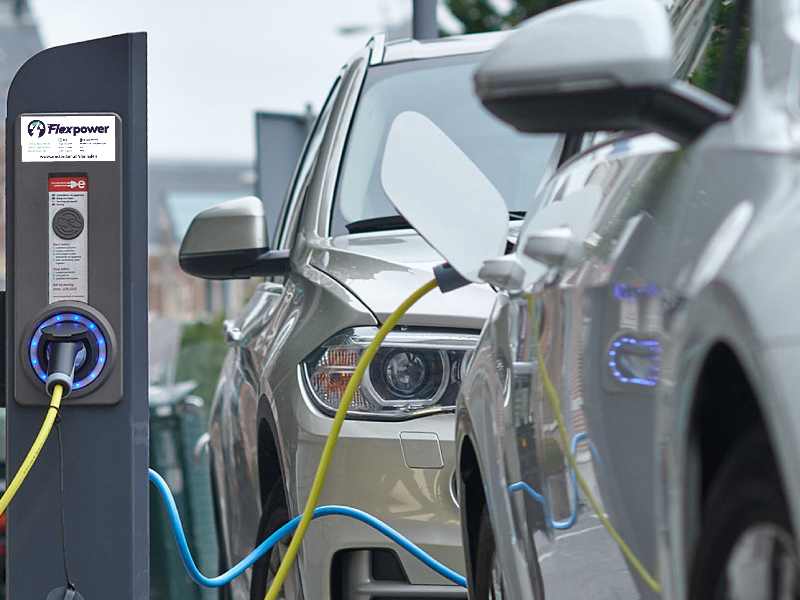Results from an electric vehicle (EV) charging trial – which used a flexible charging speed at public charging points for electric cars in Amsterdam, the Netherlands – have shown the potential of flexible charging to open up space on the busy electric grid for EVs.
 Courtesy Liander
Courtesy Liander
From December 2021 to October 2022, a test with flexible charging speed for electric cars, also known as ‘Flexpower’, was carried out at 126 charging points spread over ten Amsterdam districts.
The Flexpower 3 research project was a collaboration between the municipality of Amsterdam, network operator Liander, Heijmans, Vattenfall, the Amsterdam University of Applied Sciences and ElaadNL.
Users could plug in their electric car as they are used to, but the speed of charging depended both on the number of charging cars in the area and on the current available capacity of the electricity network.
The charging speed adapts to the total number of cars charging at a given time and the capacity available on the grid at that time. The test showed that with smart charging, three to four times more new charging points can be installed within the boundaries of the existing electricity network.
Flexpower ensures that cars in a neighbourhood distribute the available power among themselves. For EVs that have finished charging and are left on the charger, the power from the unused charging points is distributed to the other cars.
Cars also receive extra power if more energy is available on the electricity grid, for example through local energy generation. If there is little power available and many cars are charging at the same time, charging cars will temporarily receive less power. At the end of the charging session, users generally do not notice fluctuations in the charging speed.
Huibert Baud, director of customer & design at Liander, said on the trial: “The electricity grid is extremely busy. Entrepreneurs and consumers are switching en masse from natural gas to electricity and car drivers are also making the switch from fossil fuels to electricity. We are working on large-scale expansion of the electricity grid, but that takes a lot of time. In the meantime, it is important that we use the net as efficiently as possible in order to help as many customers as possible. The insights from this trial will help enormously with that.”
Charging security for electric drivers
According to Liander, an important starting point of the test was that EV owners would not be inconvenienced by the flexible charging speed.
In practice, the speed of a charging session is only reduced when necessary: when there is little space on the electricity grid or when many cars are charging at the same time. Because electric cars are usually plugged in for much longer than they charge, the users in practice noticed nothing of the test and their car was fully charged within the parking time.
The researchers only saw a minor effect for the cars that parked for a short time. This concerned only 13% of the charging sessions. Compared to a charging session without smart charging, these cars received 4.8% less energy. No complaints have been received about this.
This smart charging method creates more than three times more space for new charging points without increasing the peak load on the electricity network. This is because grid operators no longer have to reserve the maximum capacity for each charging point. Without Flexpower, this was necessary in situations where many vehicles would charge at the same time.
